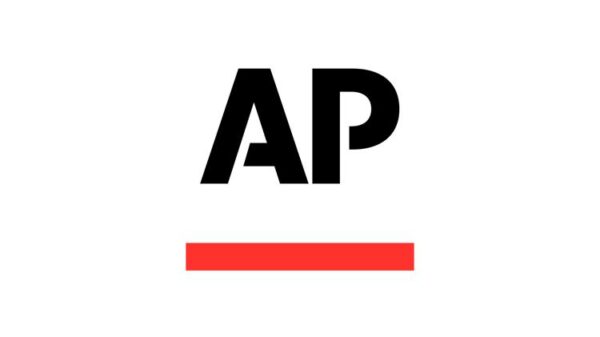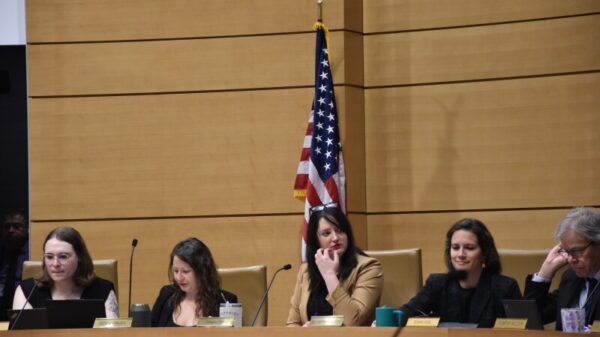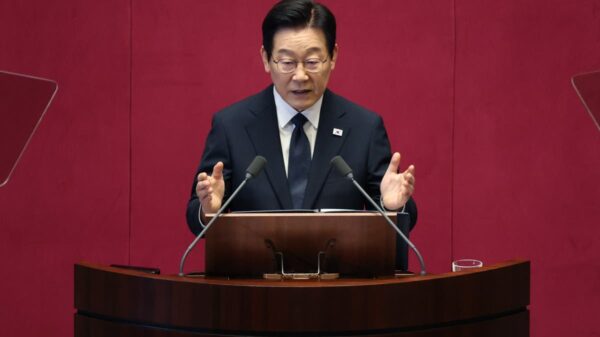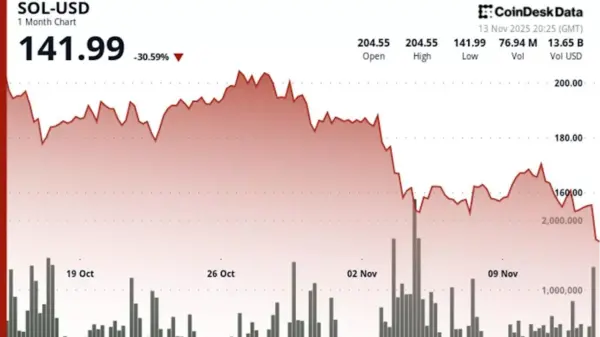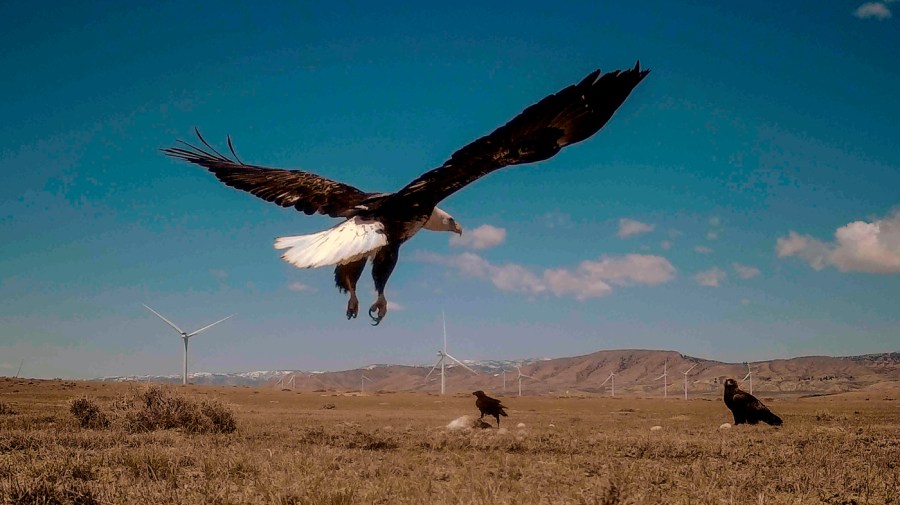The implementation of the 2024 Eagle Permitting Regulation has sparked significant controversy, as critics argue that it permits wind energy projects to kill eagles without adequate repercussions. This regulation, designed to promote renewable energy, has faced backlash from environmental groups and conservationists who assert that it undermines efforts to protect Bald and Golden Eagles in the United States.
According to the U.S. Fish and Wildlife Service, the regulation allows wind energy developers to apply for permits that would enable them to unintentionally kill eagles during their operations. Critics contend that this approach not only fails to enhance eagle conservation but also effectively legitimizes the killing of these birds without genuine accountability.
Concerns Raised by Conservationists
The American Bird Conservancy, an advocacy group focused on bird protection, has voiced strong objections to the new regulation. They argue that the permitting process lacks sufficient safeguards to prevent eagle fatalities. As wind energy becomes a more prominent part of the U.S. energy landscape, the potential impact on wildlife has become a critical issue.
In 2022 alone, wind energy projects were linked to the deaths of over 300 eagles, raising alarms among environmentalists. They emphasize that the regulation should prioritize the protection of these birds, rather than facilitating their deaths in the name of renewable energy development.
The regulation has faced legal challenges as well. Several lawsuits have been filed against the U.S. Fish and Wildlife Service, with plaintiffs arguing that the permitting process violates the Bald and Golden Eagle Protection Act. They contend that the act mandates stricter measures to prevent harm to eagle populations, and the current regulation falls short of these requirements.
Balancing Renewable Energy and Wildlife Protection
Supporters of the wind energy sector argue that the regulation is necessary to foster the growth of renewable energy sources, which are crucial for combating climate change. They believe that wind energy represents a significant step towards reducing reliance on fossil fuels. However, this perspective is met with skepticism by those who prioritize wildlife conservation.
The debate surrounding the 2024 Eagle Permitting Regulation exemplifies the tension between advancing renewable energy initiatives and safeguarding vulnerable wildlife. As this issue unfolds, stakeholders from both sides are likely to continue advocating for their respective positions, making it a pivotal moment in the ongoing conversation about energy policy and environmental stewardship in the United States.
In response to the growing concerns, lawmakers are being urged to reconsider the regulation. Environmental advocates are calling for more stringent measures that would ensure the protection of eagles while still allowing for responsible wind energy development.
As the situation continues to develop, the future of eagle conservation and wind energy policies remains uncertain. The balance between promoting renewable energy and protecting wildlife will be a critical focus in the discussions ahead, as stakeholders seek to find a solution that respects both environmental integrity and energy needs.








